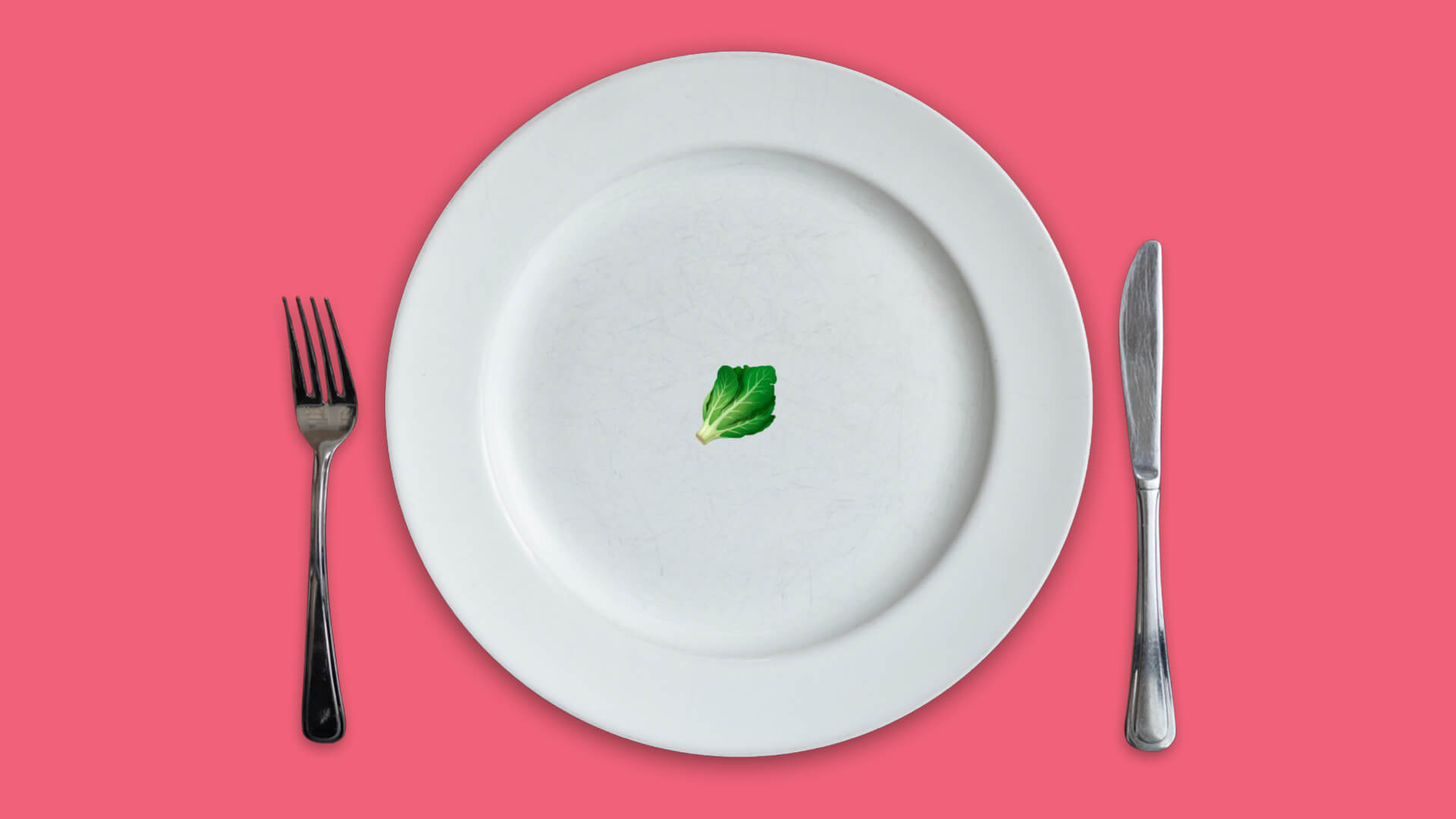Social Media Can Be Hazardous to Your Health
In early June, Kristina Lerman went on Twitter and typed the words “weight loss fasting.”
Her innocuous-seeming search brought up a picture of a glamourous young blonde in hip shades provocatively pursing her lips. Above the photo, the woman had written “listening to weight loss subliminals while fasting feels so good.” Lerman, a research professor of computer science and principal scientist at the USC Information Sciences Institute, clicked on the young woman’s username that included “edtwt,” which stands for “eating disorder Twitter.”
Lerman scrolled through several of the woman’s tweets and came across an image of a cute female anime figure pointing a gun at herself. Above it read: “Just binged. Time to starve for the next three days to make up for it.”
In a recent paper under peer review, Lerman and an interdisciplinary team of USC researchers argue that social media’s contribution to the increase in eating disorders goes far beyond the proliferation of idealized body images.
“By facilitating social connections to like-minded others, a shared group identity and emotional support, social media platforms can trap individuals within toxic echo chambers that normalize extreme disordered eating behaviors and other forms of self-harm,” the scholars write in “Radicalized by Thinness: Using a Model of Radicalization to Understand Pro-Anorexia Communities on Twitter.”
Said Lerman: “Social media has the ability to connect people globally to other people who share the same toxic ideology and reinforces harmful behavior. I think eating disorders are just the tip of the iceberg.”
These “toxic echo chambers,” Lerman added, amplify dangerous messages. They can lead somebody who initially turned to social media for suggestions on how to lose weight to eventually embrace extreme fasting and even anorexia. In effect, social media, with its easy access to harmful content and algorithms that sometimes spotlight the most extreme ideas, can “radicalize” would-be dieters, much in the same way some disenfranchised young men going online for solace and kinship fall down a rabbit hole of political conspiracies.
“What fascinates me the most is that the same mechanisms that create anti-democratic extremists also radicalize people in embracing starvation and pro-ana [anorexia] groups,” she said.
Time was, Lerman counted herself among social media’s biggest supporters. She collaborated with Facebook researchers, gave talks at Twitter and taught scores of students who went on to work for those and other tech titans.
Lerman said her feelings began to sour after reading reports about how social media had negatively impacted the mental health of young people during the pandemic, especially girls. By bombarding them with images of peers with “perfect” figures, TikTok and other platforms exacerbated feelings of shame and even self-loathing among those who had gained weight during the COVID-19 lockdowns, she said.
The prevalence of eating disorders among Americans has doubled in recent years, from 3.5% in the period between 2000 and 2006, to 7.8% in 2013 to 2018, according to Marie Galmiche of University of Rouen Normandy in France. That rise, Lerman noted, coincided with the growing popularity of smartphones and social media.
What to do? Lerman believes that social media companies must do a better job of purging their platforms of content that glamorizes and normalizes eating disorders.
“This is not a free speech issue,” she said. “This is about people harming themselves.”




